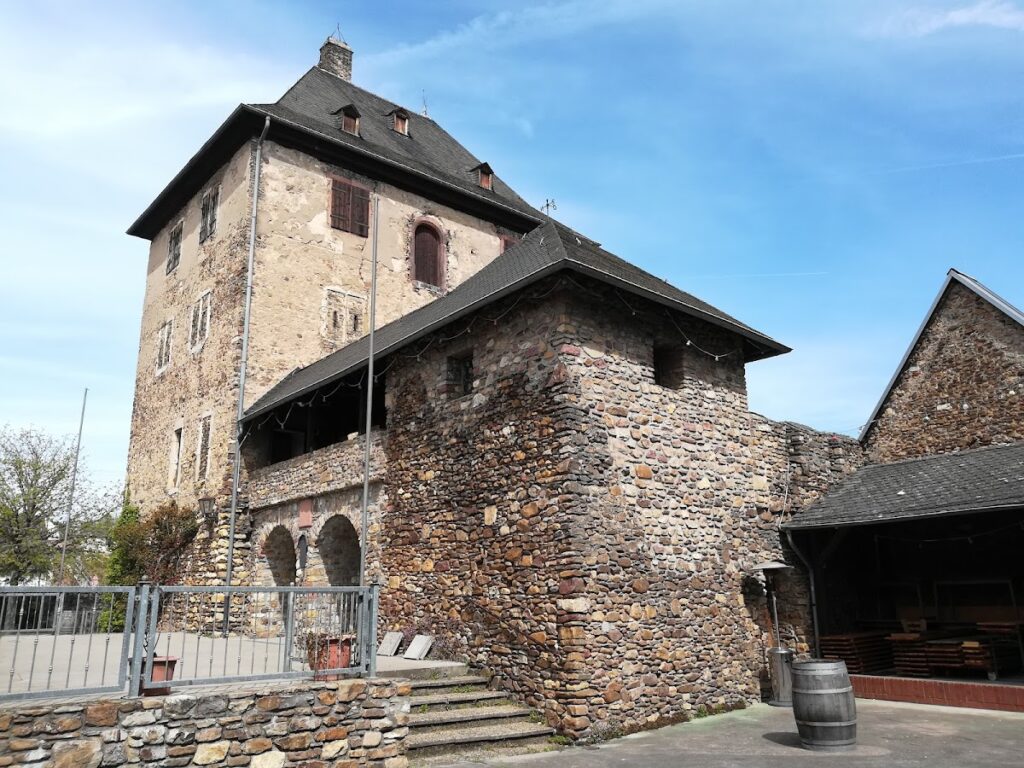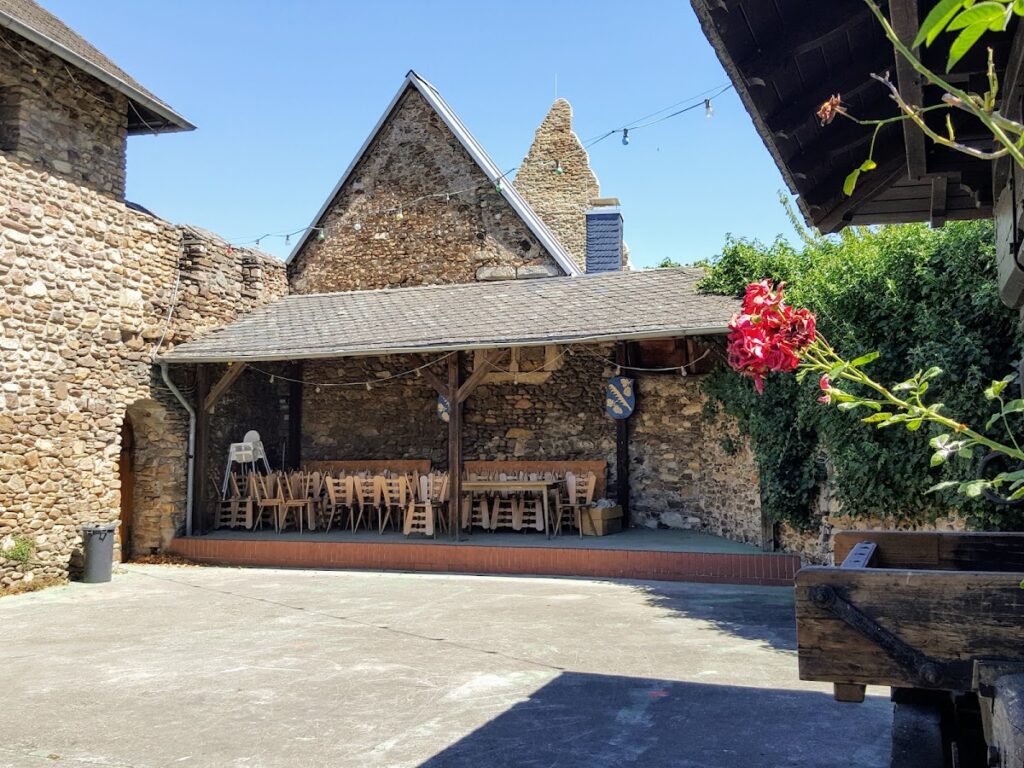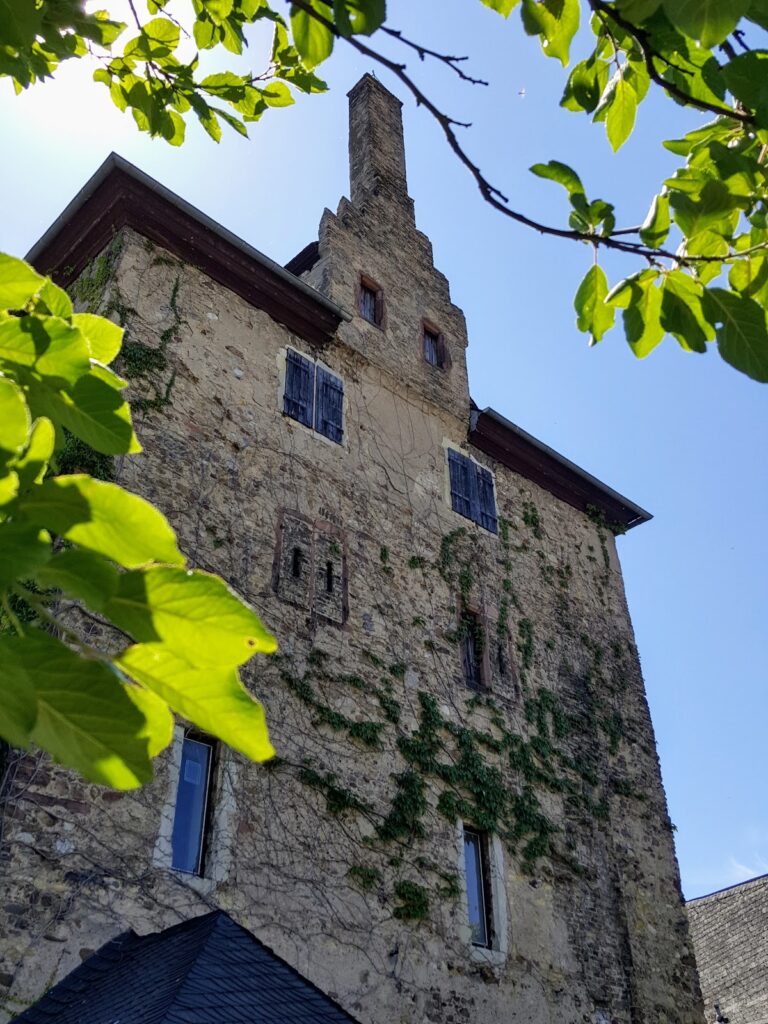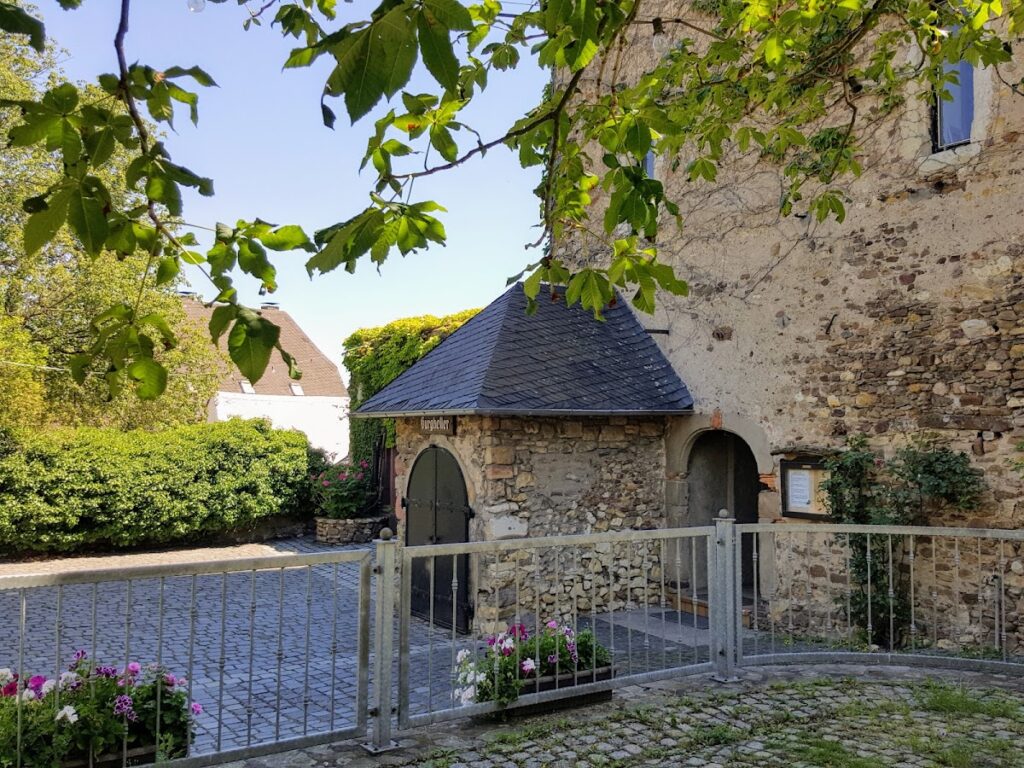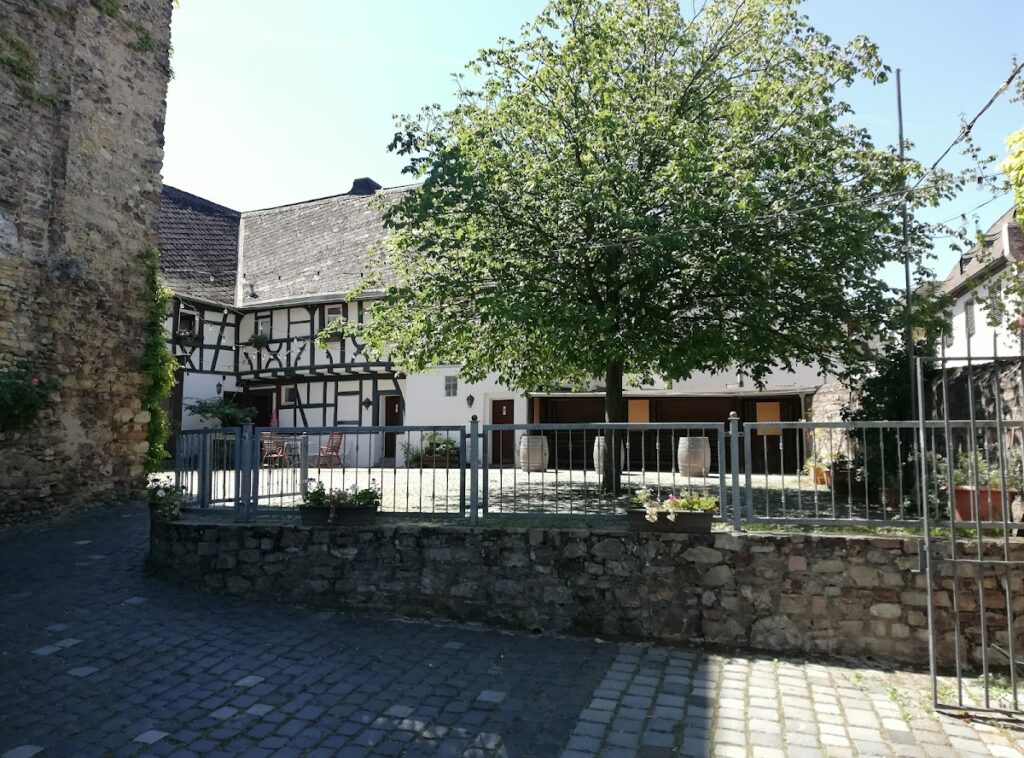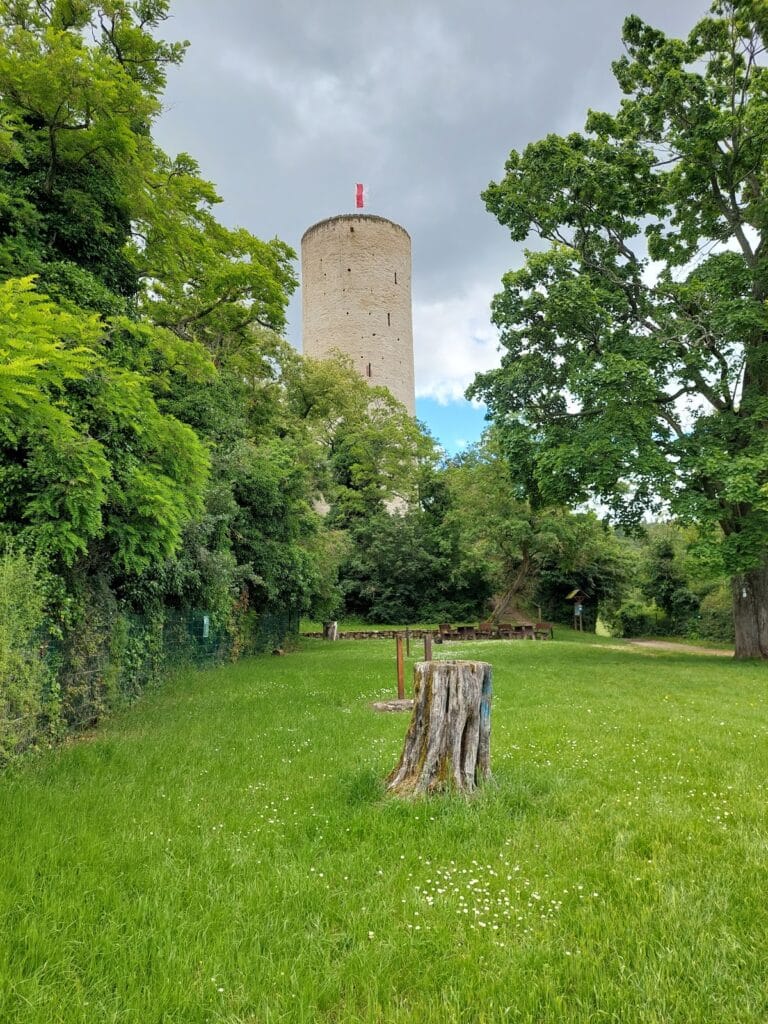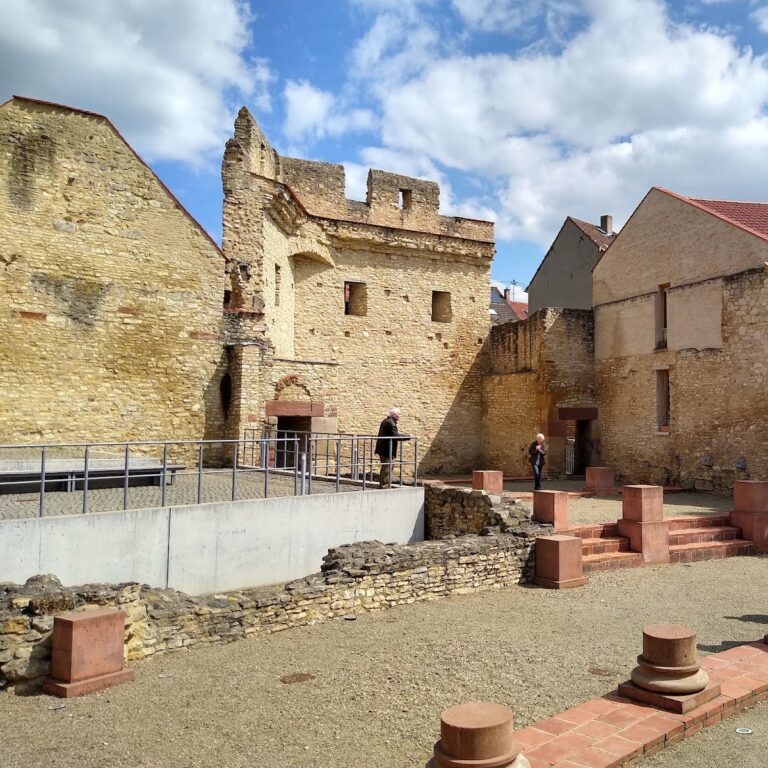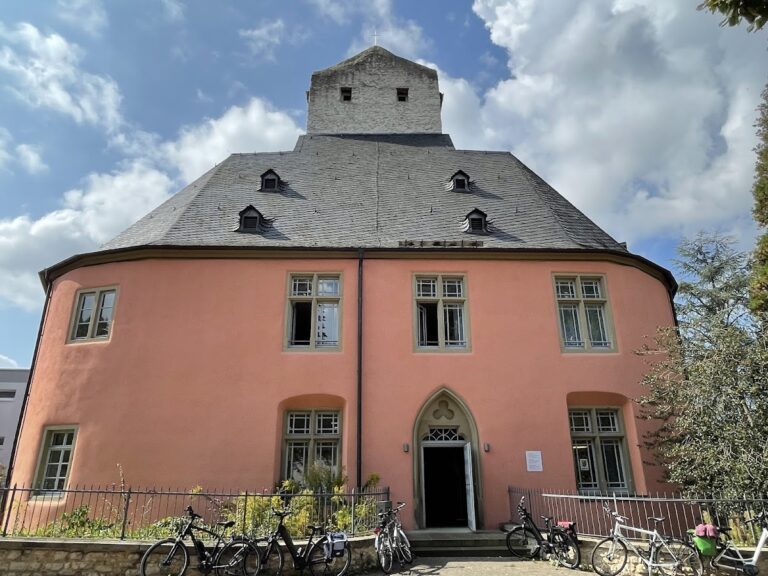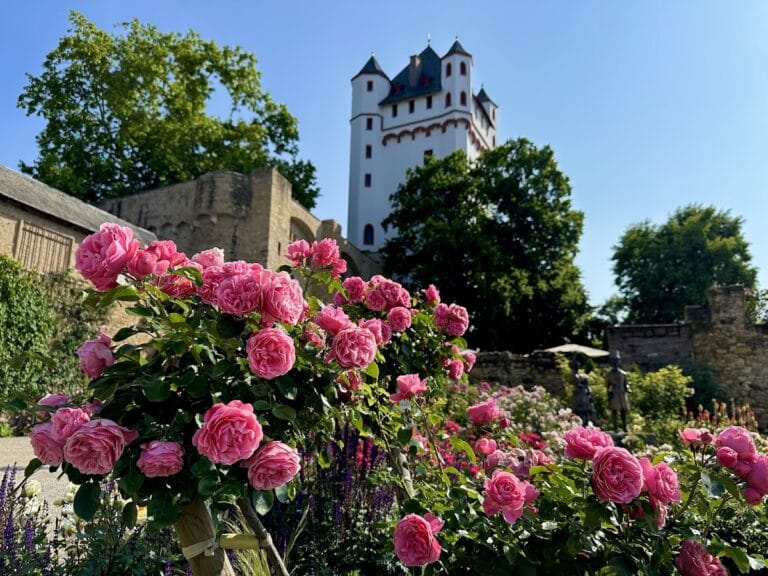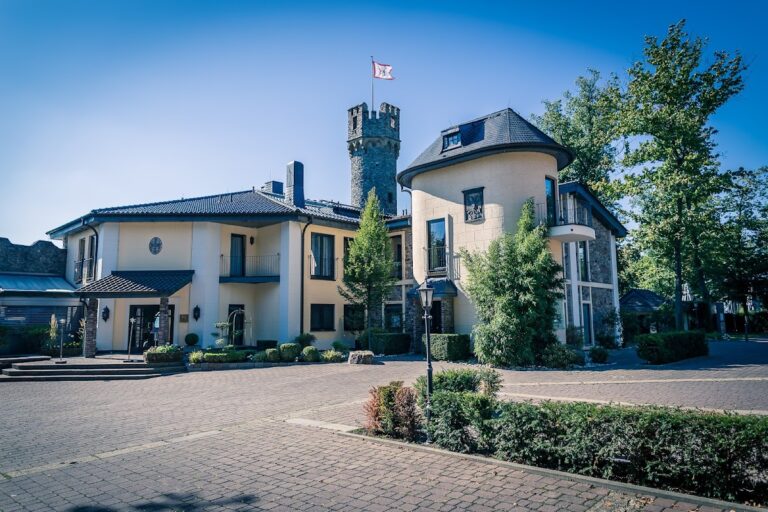Burg Hattenheim: A Medieval Castle in Eltville am Rhein, Germany
Visitor Information
Google Rating: 4.7
Popularity: Very Low
Google Maps: View on Google Maps
Official Website: www.hattenheimer-burg.de
Country: Germany
Civilization: Unclassified
Remains: Military
History
Burg Hattenheim is situated in the municipality of Eltville am Rhein, Germany, and was constructed by the regional nobility during the early 12th century. Its origins trace back to around 1118, beginning as a modest fortified site before evolving into a more substantial castle.
The earliest recorded owners were the noble family known as the Edlen von Hattenheim. Ownership changed hands in 1411 when the Freiherrn Langwerth von Simmern acquired the castle. A significant moment followed in 1464, when Duke Ludwig I of Palatinate-Zweibrücken granted the Hattenheimer Mannberg as a fief to his chancellor Johann Langwerth von Simmern, acknowledging his loyal service. This established the castle as the Langwerth von Simmern family’s residence and principal seat.
For roughly three centuries, the Langwerth von Simmern family called Burg Hattenheim home. By 1711, they relocated to the Stockheimer Hof in Eltville, leaving the castle. After this departure, the castle gradually fell into disrepair, losing its status as a noble residence and becoming known locally as simply the “Bau” rather than a castle, reflecting its diminished importance and state of decay.
In 1979, stewardship of the castle transferred to the Burg- und Verschönerungsverein Hattenheim e.V., an organization that assumed hereditary leasehold rights from the Langwerth von Simmern family, who continue to own the property. Since this time, the castle has been preserved and used for various public and private functions while maintaining its historical connection to the original family.
Remains
The surviving structures of Burg Hattenheim reveal a layout centered around a tall, four-story residential tower, or Wohnturm, which provided living quarters for the noble family. Atop this tower sits a transverse wing known as a Zwerchbau, distinguished by stepped gables—triangular decorative elements with a stair-step design—adding both architectural interest and additional space. The tower’s roofline is marked by a prominent, tall chimney that rises above the village skyline, serving as a distinctive silhouette for the site.
Archaeological evidence suggests the castle was once encircled by a water-filled moat, which likely drew water from the nearby Leimersbach stream. This defensive feature would have enhanced protection by creating a barrier around the main buildings. The stone walls, gate structures, and courtyard areas that remain show substantial masonry work typical of medieval fortifications, designed for defense as well as residence.
Though centuries of neglect followed the family’s departure, the ruins have preserved much of their original construction. The walls remain largely intact, revealing the castle’s original form and layout. Photographs document the surviving entrance gate, courtyard space, and the enclosing walls, indicating a well-fortified complex. Today, the castle stands as a ruin that retains its historical character, reflecting the craftsmanship and style of its medieval builders.
